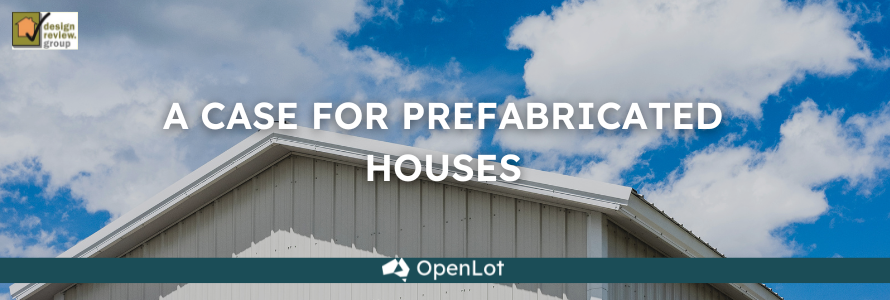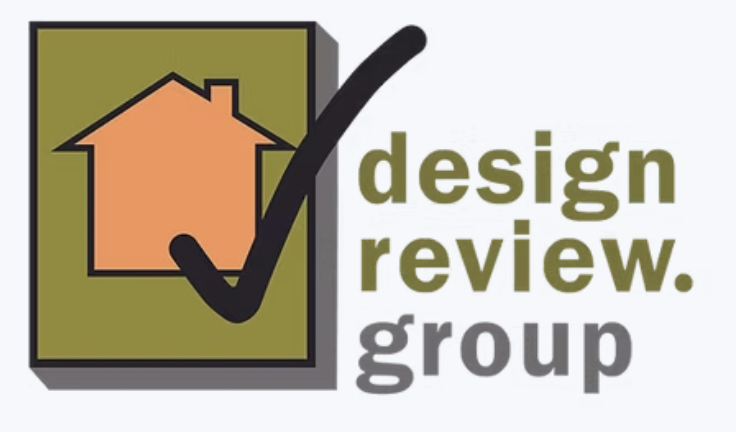

Figure 1: Chelmer kit house. [Source: Imagine Kit Homes]
Traditionally, an Australian house is built on-site from small pieces of material, such as bricks, lengths of timber, and sheets of cladding. These are mortared, nailed and glued into place. Today, on-site house construction methods are increasingly supplemented by off-site prefabrication.
In Australia, less than 5 % of the $150 billion spent annually on construction is spent on prefab construction. In Sweden 84 % of houses use prefab elements. In Germany it's 20 % and in Japan 15 %. Prefab in Australia is expected to grow significantly in the coming years. In 2024 the Australian Building Codes Board released the Prefabricated, modular and offsite construction handbook to ensure the regulatory framework is appropriate.
This bulletin discusses the range of prefabricated houses, including precut kits, prebuilt panels, and modular houses. The typical types are listed below.
Precut kit houses are cut in a warehouse, packed in a container and built on site. These are the most common prefabricated houses.
Prefabricated panels are constructed in a warehouse and craned into place.
Modular houses are mostly or wholly complete and transported to site by truck in one or more pieces that are joined together on site.
Prefabricated houses have a reputation of being cheap and ugly.
Many people’s only experience of prefabricated buildings is as a student sweltering in a portable school classroom, or staying a night in a caravan park cabin.

Portable cabin. [Source: Pegasus Modular]
Many estates’ design codes include a design standard that prohibits prefabricated houses. A typical example is this: “Kit and demountable homes will not be permitted.” At DRG, we think design codes are best if they are blind to the construction methods used. What is important is to regulate the appearance of the houses proposed. As you’ll see, a prefabricated house can be as attractive as a typical house built on-site.
Range of construction processes
House construction processes range from being built fully on-site, through to whole houses being built off-site and craned into place. Below, five different processes are elaborated.

Figure 2: Construction processes: a house fully built on site compared with a kit house built partially off site.
1. House built fully on-site
The most common method of construction is “stick built,” where the house is built on-site. The typical house by a volume builder or an architect uses this method.
A partially built house showing timber framing and concrete being poured on-site.
2. House built on-site from precut parts
Another common construction method is a kit house built fully on-site. All the parts are cut to size and packed into a container in a factory. Kit houses typically use light-weight materials and metal framing.

Metal framing for a kit house. [Source: Imagine Kit Homes]
3. House built from panels
Large panels, such as a whole wall, can be manufactured off-site and craned into place on-site. This construction process requires space for a large truck and crane on-site.

Prefab panels being craned into place. [Source: Deltahouse]
4. House built from modules
The house is built in several sections off-site and then transported to the site. On-site building is limited to joining the parts and connecting services. This method needs streets wide enough for delivery of the parts. These houses are often installed on stumps or posts, which can look unsightly if unscreened.

The seams of the three pieces of this modular house will be hidden by overlapping the roof sheeting and weatherboards.
5. The whole house transported to site
The whole house is built off-site and moved into place. An integrated garage is uncommon, so a carport may be added seperately. Some houses are built on wheels to make moving easier. This type of house is popular in rural locations and holiday areas. Transportable houses are often considered to be temporary structures, similar to caravans and trailers.

Modular house. [Source: Todd Devine Homes - Serenity]
Examples of prefabricated houses
Modern prefabricated houses can use similar materials and forms as contemporary houses built fully on-site, and can look very similar. Many floorplans and facades are unrecognisable as prefabs, and have a similar or better quality to the typical volume builder house built on-site
Below are some examples of prefabricated houses. All prices are in September 2024 Australian dollars, supply only. Typical additional costs will include freight, on-site construction, custom design choices, fixtures, and fittings.
Camp Hill 2

4 bedrooms, 2.5 bathrooms and a 1 car garage. Double storey, 316 m2. $247,370.
[Source: Imagine Kit Homes - Camp Hill 2 Kit]
Ballarat
 4 bedrooms, 2.5 bathrooms and a 2 car garage. Single storey, 182 m2. $159,150.
4 bedrooms, 2.5 bathrooms and a 2 car garage. Single storey, 182 m2. $159,150.
[Source: iBuild - Ballarat Kit]
Hardiman

5 bedrooms, 3.5 bathrooms and a 2 car garage. Double storey, 341 m2. $235,340.
[Source: Imagine Kit Homes - Hardiman Kit]
Urban Vista

3 bedrooms, 2.5 bathrooms and a 2 car garage. Single storey, 288 m2. $221,392.
[Source: Kit Homes Nation Wide - Urban Vista Kit]
Benefits
Quality control
Prefabricated houses are made in a factory, where the quality of materials and construction can be monitored and controlled.
Better value
A prefabricated house is typically cheaper than a house built on-site of an equivalent size and quality.
Quicker construction
A prefabricated house reduces the construction time on site, and can be constructed in days or weeks. Unlike the linear process used when a house is fully built on-site, in prefabrication the building approval, site works, and building construction can all be done simultaneously. This is especially useful when people want to rebuild quickly after a bushfire or a flood.
Reusable
Typically, prefabricated houses can be disassembled more easily than houses built fully on-site. This makes it easier to recycle or reuse materials or to relocate the house.
Design standards
To achieve a certain visual quality while being neutral about the construction process used, we suggest estates adopt a design standard on visual interest. The design review panel can determine if a house meets the desired character and visual quality of the estate. An appropriate design standard may be something like this:
The house must have at least a moderate degree of visual interest. The determination of the house’s degree of visual interest is at the discretion of the DRP.
Rather than prohibiting prefabricated houses, the design code can encourage them.
To reduce cost, waste and construction times, prefabrication of some or all of the house is encouraged.
To prohibit relocatable buildings, as seen in caravan parks, use this standard:
The house must not appear to be transportable or temporary.







